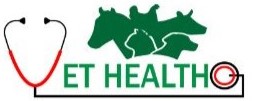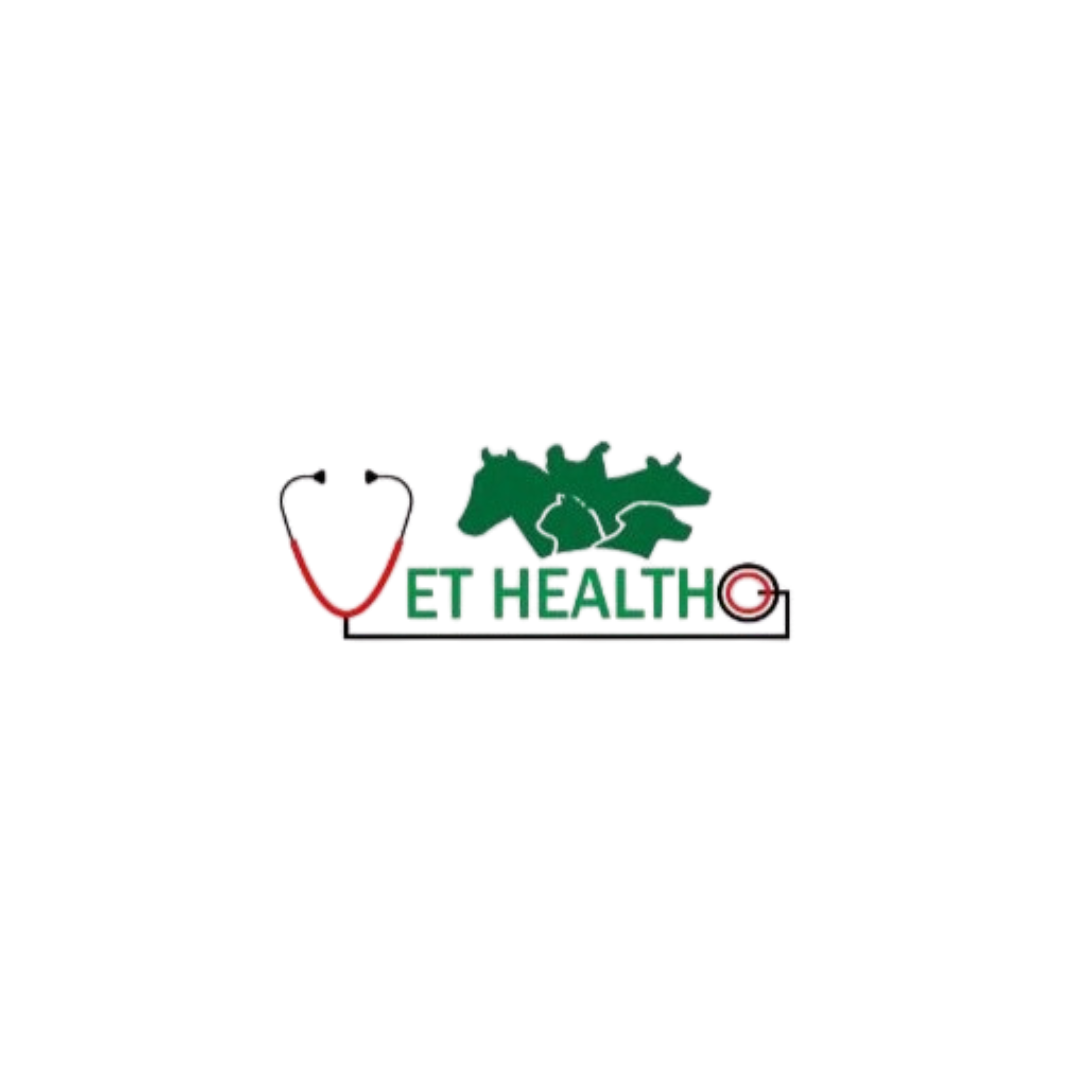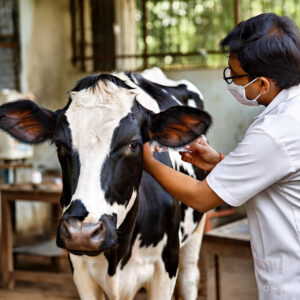Natural breeding vs artificial insemination is a common debate in dairy farming. Both methods offer unique advantages and challenges for farmers.
Dairy farming is a key part of agriculture across the world. Farmers often face a common choice.
Should they choose natural breeding or artificial insemination (AI) for their cattle? Both methods have advantages and challenges.
“When comparing natural vs artificial breeding, farmers must evaluate cost and success rates.”
Let’s look at both techniques in detail.
Benefits of Natural vs Artificial Breeding
Natural vs Artificial Breeding: Cost Comparison
Animal health impact in natural vs artificial breeding
Success rates in natural vs artificial breeding
Natural Breeding: What It Means
Natural breeding involves mating of a cow and a bull. This process happens without human intervention.
It is the traditional method followed by farmers for centuries.
In this method, a bull is kept with cows during their heat period. The bull mounts the cow naturally.
Fertilization happens during mating.
Advantages of Natural Breeding
Natural breeding requires minimal equipment. Farmers do not need advanced tools or facilities.
It can reduce handling stress for animals. The process is natural and familiar to cattle.
Natural breeding can result in higher conception rates in some cases. A healthy bull may cover many cows during one breeding season.
This method is simple. It does not require specialized training.
Disadvantages of Natural Breeding
Maintaining a bull can be expensive. Bulls require additional feed, space, and care.
A bull can be aggressive. This may pose danger to farm workers.
There is a risk of disease transmission during natural mating.
Genetic improvement is slow. Farmers have limited control over selecting traits.
Artificial Insemination (AI): What It Means
Artificial insemination is a scientific method. It involves placing semen from a bull into the reproductive tract of a cow.
This is done by trained technicians.
The semen is collected and stored under controlled conditions. It can be used fresh or frozen.
Advantages of Artificial Insemination
AI offers better genetic improvement. Farmers can select semen from high-quality bulls.
It is safer for animals and humans. No direct contact happens between bull and cow.
Disease transmission risk is low with proper semen handling.
AI allows better record-keeping. Farmers can plan and monitor breeding cycles easily.
Frozen semen can be transported across regions. This allows access to top genetics worldwide.
Disadvantages of Artificial Insemination
AI requires skilled technicians. Farmers may need to hire experts.
The success rate depends on timing and handling. Mistakes can lead to failed conception.
Special equipment is needed for storing and handling semen.
Training and awareness are essential for effective use.
Which is better? Natural vs Artificial Breeding in Modern Farming
Which is Better?
There is no single best method. The choice depends on farm size, resources, and goals.
Small farms may find natural breeding easier. Large or commercial farms benefit more from AI.
AI is ideal for genetic improvement and disease control. Natural breeding suits low-cost, low-tech operations.
Farmers should consider factors like cost, safety, and long-term plans.
Conclusion
Both natural breeding and artificial insemination have their place in dairy farming. Farmers must weigh the pros and cons. Careful planning ensures healthy cattle and better productivity.
Description:
A detailed guide comparing natural breeding and artificial insemination in dairy farming. Understand benefits, risks, and how to choose the right method for your farm.




